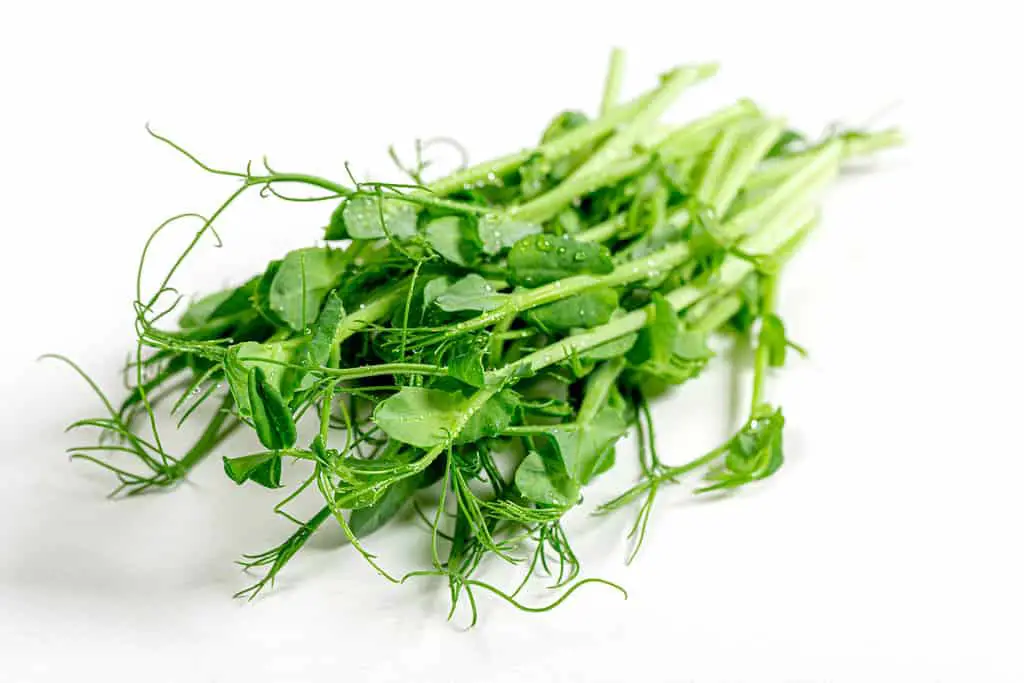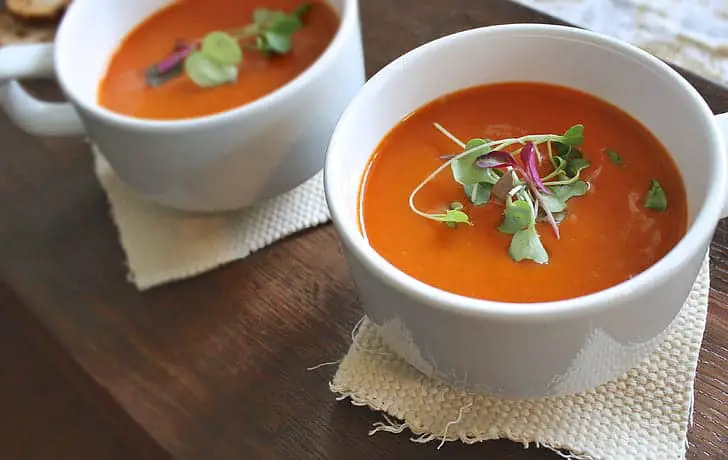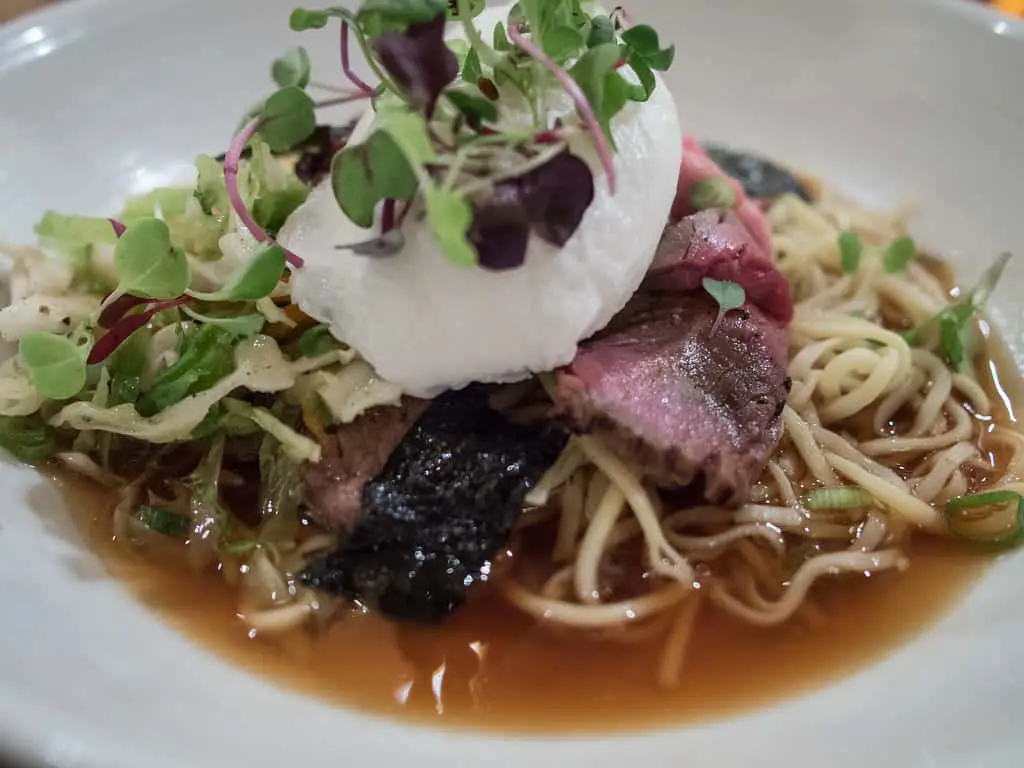Whether you are a new microgreen grower or experienced commercial grower, you may be searching for more creative ways to incorporate microgreens into your cooking. If you plan on selling microgreens at a farmer’s market, you should definitely be prepared to provide your customers with a few ideas on how to use each type of microgreen.
Microgreens are extremely versatile and can be used in several ways. You can add them to soups, salads, sandwiches, pizzas, tacos, and even sushi. Many types of microgreens make delicious additions to stir fry. The following list will provide some details on how to add microgreens to your food.
1. Use Microgreens As An Eye-Catching Garnish
If you want to make your food look a little more professional or fancy, consider adding microgreens as a garnish. Using microgreens as a garnish is a good way to use up any leftover or excess microgreens.
Microgreens have a delicate yet eye-catching appearance. For this reason, microgreens make a bright, colorful touch to a variety of culinary dishes. Not only do microgreens look nice as a garnish, but they also add a punch of flavor.
Although raw microgreens can be used as a garnish, you can also add a light vinaigrette to the microgreens to make a miniature salad on top of food. A miniature salad can be a good way to add a light, refreshing touch to heavy meats such as steak.
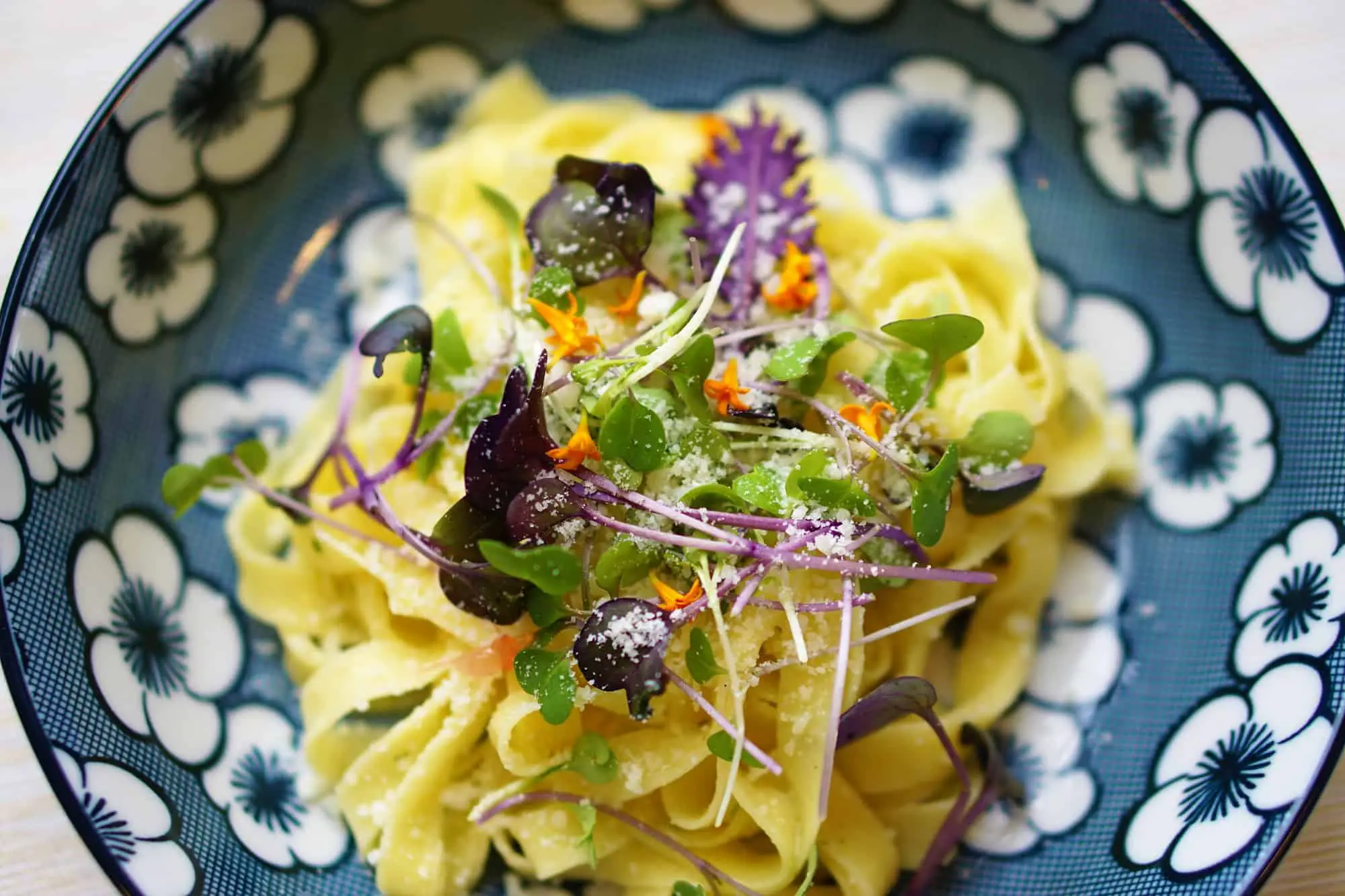
2. Put Microgreens On Tacos And Sandwiches
One of my favorite ways to use microgreens is to add them to tacos and sandwiches. Many sandwiches are heavy or fatty. Microgreens add a light, healthy touch to vegetables. Adding microgreens is also a good way to give boring turkey or ham sandwiches a bit of a boost.
In addition to adding nutrients to your sandwich, microgreens also give sandwiches a more elegant appearance. Personally, I think it is fun to make fancy-looking sandwiches that look like they just came out of a beautiful delicatessen located on the corner of a major city street.
Radish microgreens are probably my favorite microgreen to add to sandwiches and tacos. Radish microgreens are surprisingly spicy and definitely add a punch of flavor.
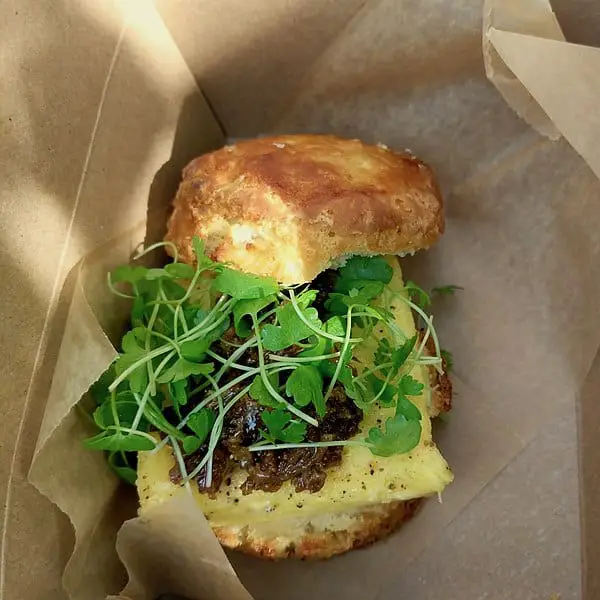
Here are some links to recipes that include microgreens.
- Green Goddess Egg Salad with Avacado
- Breakfast Sandwich
- Leftover Roast Chicken Sandwich With Microgreens and Mushrooms
- Pea Shoots and Chicken Sandwich
3. Add Microgreens To Smoothies And Juices
These small, leafy vegetables also make a great addition to your green smoothies and juices. The best types of microgreens for smoothies are pea shoots, wheatgrass, broccoli microgreens, and kale microgreens. These types of microgreens have a light, refreshing flavor.
You can also juice microgreens. Because microgreens are extremely nutrient-dense, they make an excellent addition to your favorite juice recipe. Research indicates that microgreens may actually be more nutritious than the full-grown plant. Research conducted by Dr. Qin Wang, who is an associate professor at the University of Maryland at College Park, found that microgreens are 4 to 40 times more concentrated with nutrients than their mature counterparts.
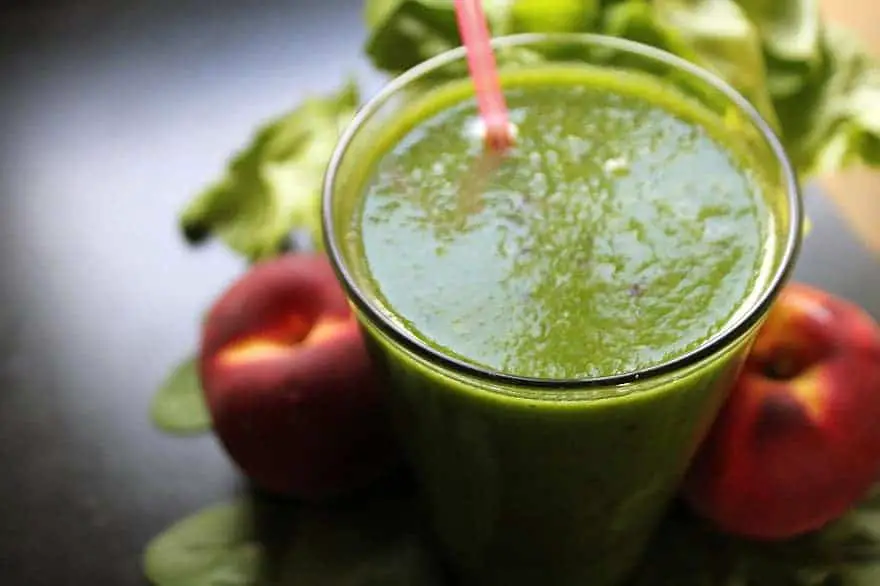
The following smoothie recipes are examples of how to incorporate microgreens into your health smoothies and juices.
- Super Smoothie Recipe
- Pina Colada Power Smoothie With Microgreens
- Sunflower Microgreen Smoothie
- Bright And Fresh Microgreen Smoothie
- Kale Green Smoothie
4. Use Microgreens To Add A Pop Of Flavor To Salads
Adding microgreens to salad may seem a bit obvious as microgreens are leafy vegetables like many of the other components of a typical salad, but it really is a great way to use your microgreens. Microgreens tend to have more flavor than their mature counterparts, so they make salads tastier. As previously mentioned, microgreens are also extremely nutritious and add an extra health element to your salad.
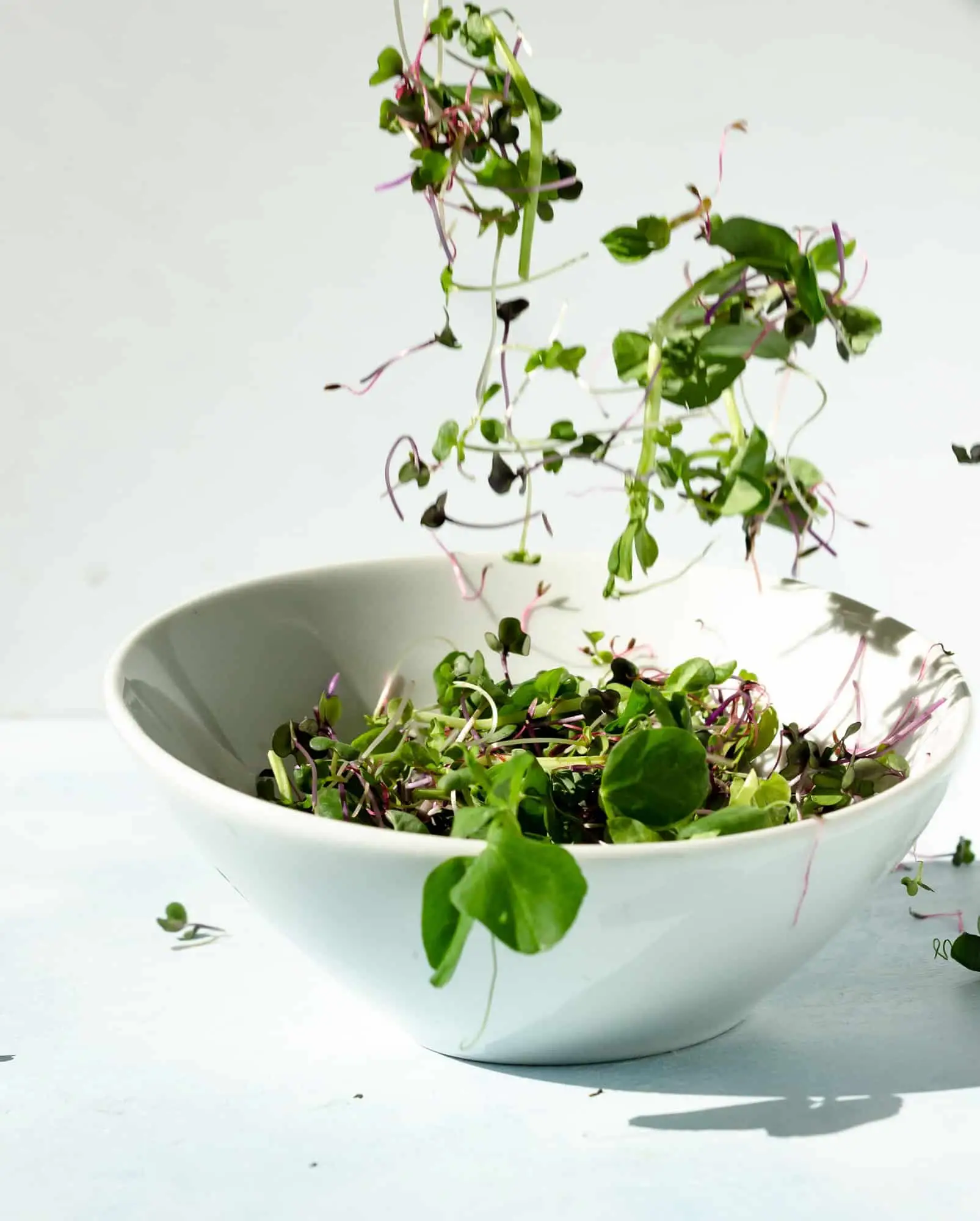
The following recipes may help give you an idea of how to use your microgreens in salads.
- Rainbow Microgreens Salad
- Homegrown Microgreens Salad
- Microgreens & Orange Salad
- Superfood Brocolli and Egg Salad
- Microgreens Potato Salad
5. Add Microgreens To Pizza
Putting microgreens on top of a slice of pizza is an effective way to add a pop of freshness to your food. Arugula microgreens are probably the most popular microgreen pizza topping, but I encourage you to try other varieties!
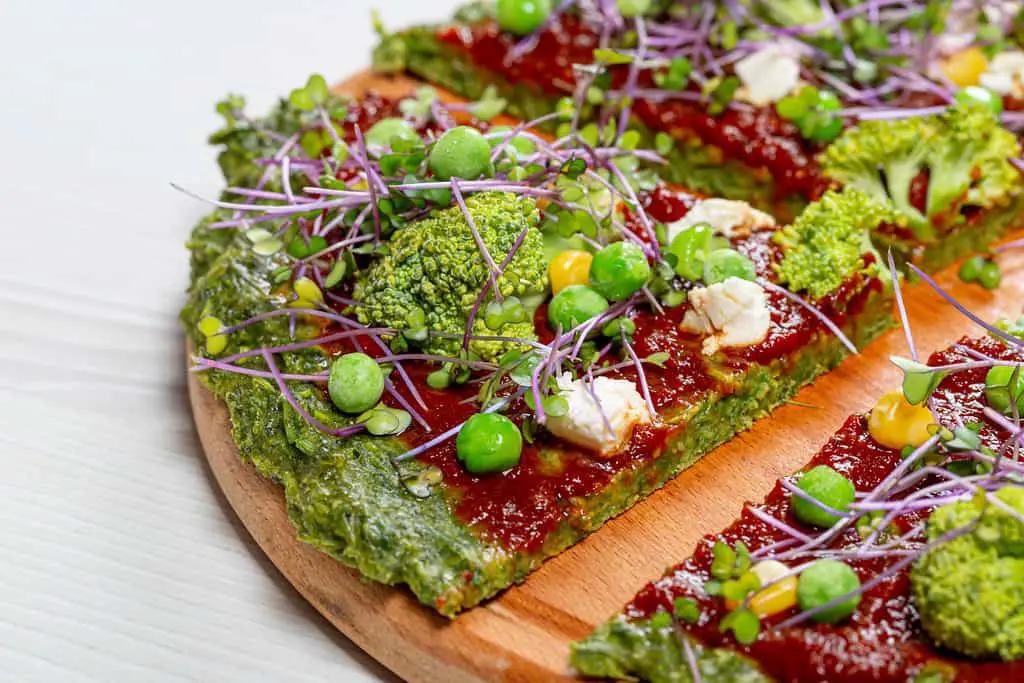
The following list will give you some ideas of pizza and microgreen recipes.
- Peach Recotta Pizza With Spicy Microgreens
- Ricotta And Asparagus Pizza With Microgreens
- Microgreen Pizza
- Portobello, Roasted Peppers & Microgreens Pizza
6. Add Microgreens To Avacado Toast
Although avocado toast is commonly sold at fancy brunch restaurants, it is very easy to make your own avocado toast at home. Putting microgreens on top of avocado toast is a common way to make your avocado toast taste and look like avocado toast from the restaurant.
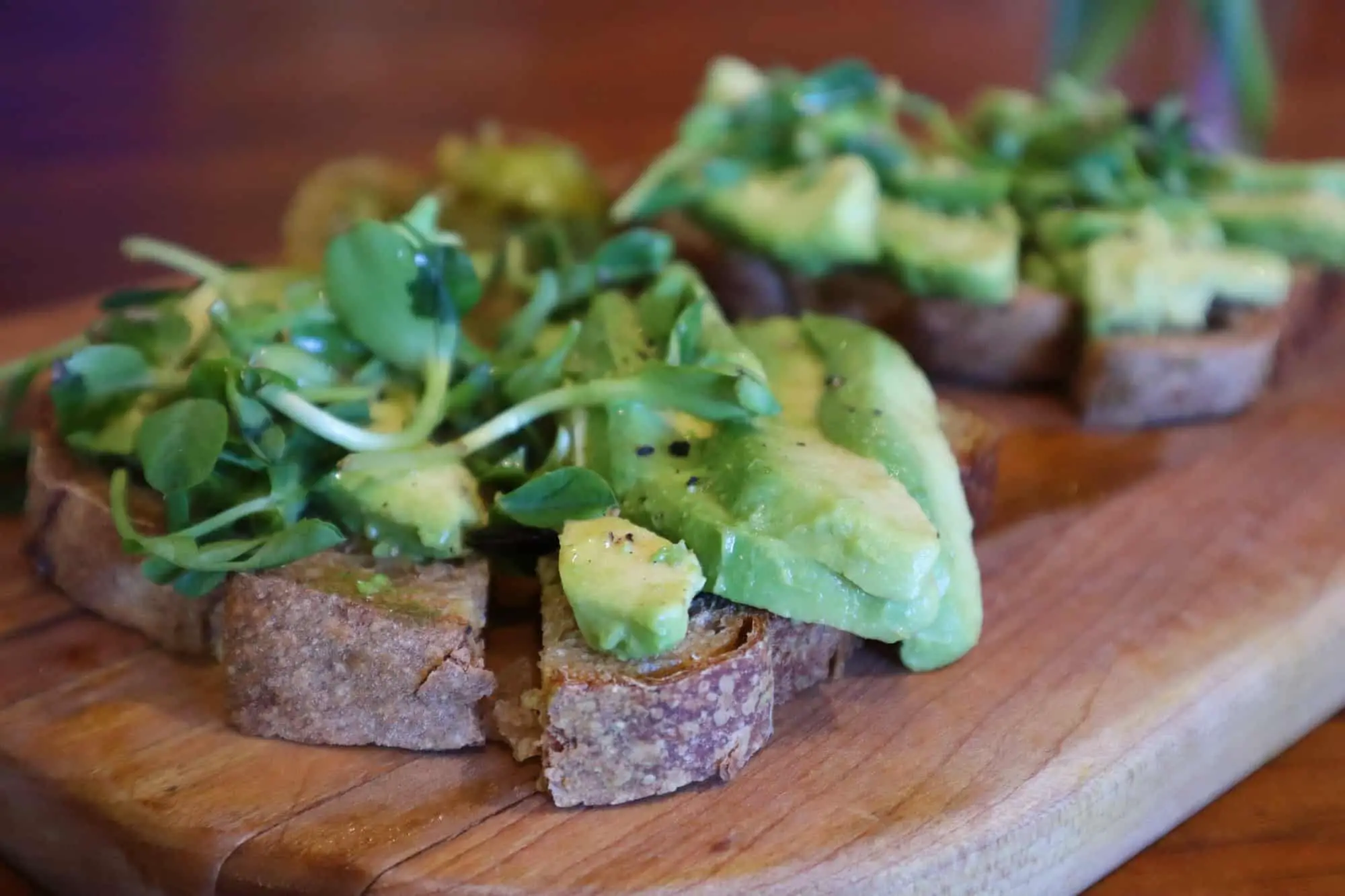
Here are a few blog posts that might give you some ideas for preparing your own avocado toast.
- Avocado Toast Recipe From Delicious Table
- Avocado Toast With Microgreens
- Avocado Toast With Kale Microgreens
- Avocado-Cucumber Toast With Microgreens
7. Use Microgreens To Make Pesto
If you have a significant amount of microgreens in your refrigerator or growing tray and do not believe that you will be able to eat all of them, consider using them to make pesto. Microgreen pesto has a light, fresh, earthy flavor that is great on top of pizza, sandwiches, and eggs. You can store fresh pesto in your refrigerator for about a week or in your freezer for up to 6 months.
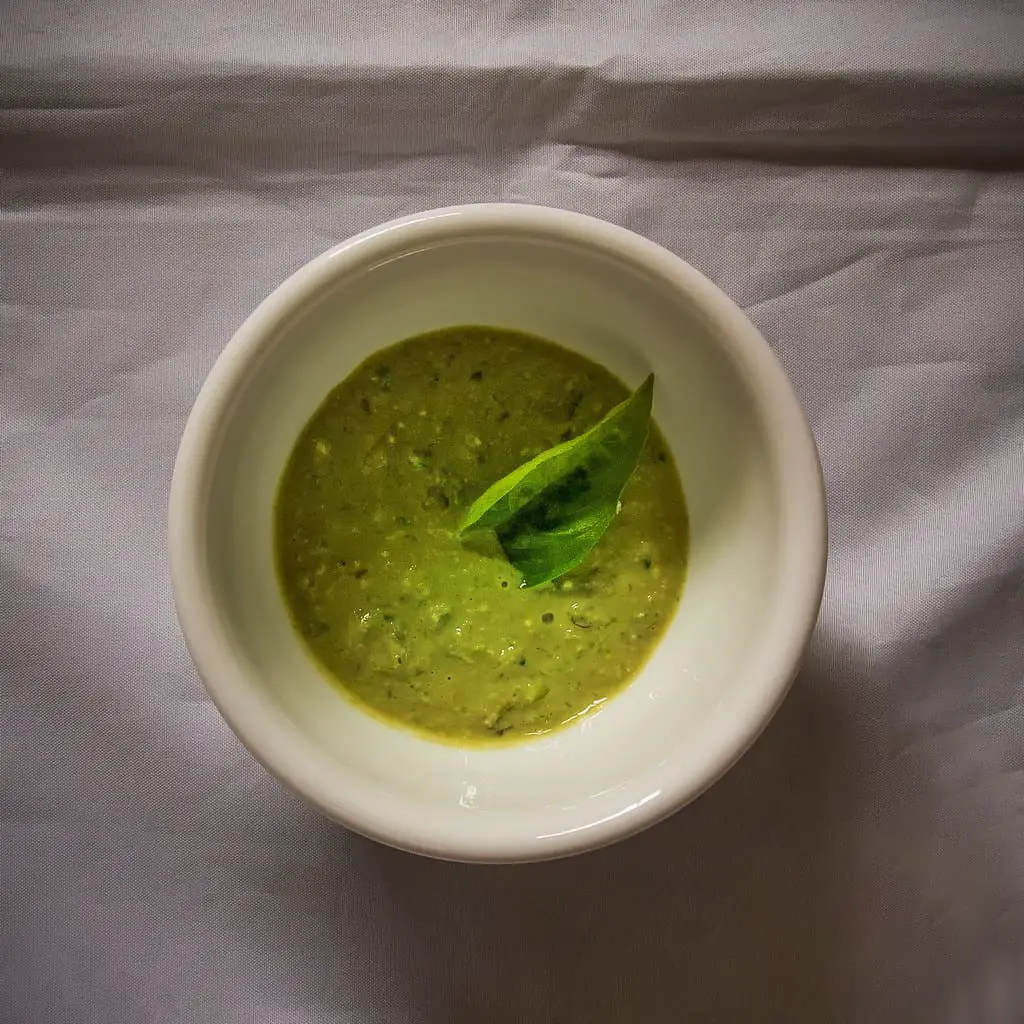
Here are a few links to some microgreen pesto recipes.
8. Dehydrate Microgreens To Make Spices
Microgreens grow very quickly and are absolutely packed with flavor! Because of this, it can be easy to grow more microgreens than you and your family can eat. Unfortunately, microgreens do not have a very long shelf life, so often times these extra microgreens will go to waste. Excess microgreens can be composted, but dehydrating microgreens is an effective way to preserve your microgreens.
Dehydrated microgreens can be crushed into a green powder that can be used as a spice. Alternatively, this homemade green powder could be used to enhance the nutrient content of smoothies, juices, and soups.

To learn more about dehydrating microgreens, check out this blog post I wrote on the subject.
9. Add Microgreens To Stir Frys
Like many other leafy vegetables, microgreens can be added to stir frys. To properly cook microgreens, first heat up the pan. Then toss some microgreens with a little bit of olive oil in the pan. Cook the microgreens for about a minute and serve over the rest of your food.
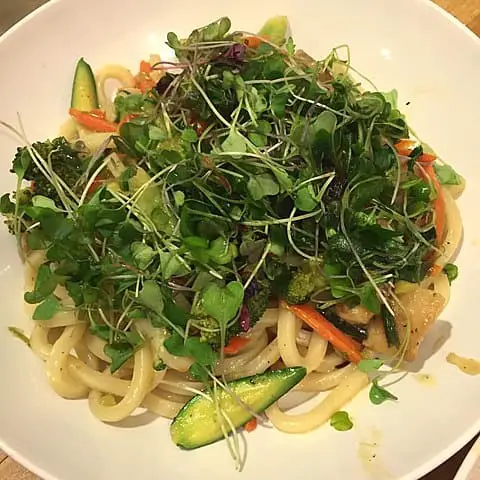
10. Add Microgreens To Soups And Pho
Another way to use microgreens is to add them to soups. Microgreens elevate the appearance of a boring bowl of soup and add a pop of flavor and texture. In my opinion, microgreens are particularly delicious in butternut squash soup.
11. Microgreens Make A Beautiful Addition to Sushi
As previously mentioned, microgreens have an elegant, delicate appearance and are packed with flavor. This makes them a great addition to sushi rolls. Some sushi chefs will use microgreens as a garnish rather than a part of the actual dish. However, microgreen varieties such as radish, shiso, cilantro, and celery are somewhat common in sushi.
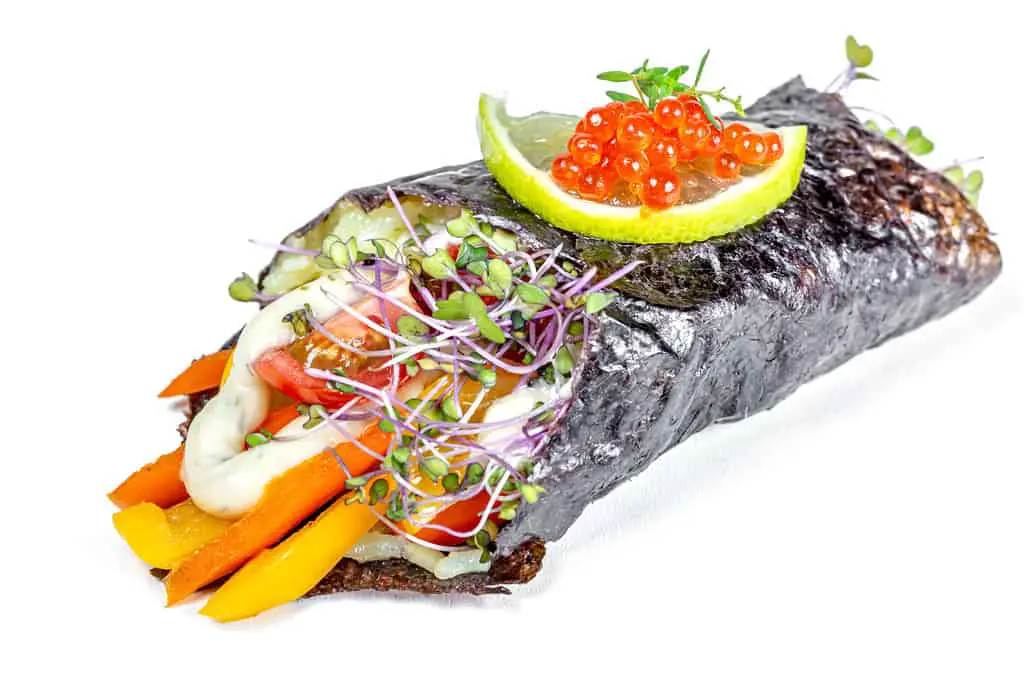
Although microgreens can be added to many of the dishes offered in sushi restaurants, some microgreen growers find that sushi chefs tend to by low volumes of microgreens. For this reason, it can be difficult to make a profit by targeting only sushi restaurants.
12. Put Microgreens On Top Of Eggs And Omelettes
Finally, adding microgreens to eggs or omelettes is a great way to use microgreens. Not only do microgreens add flavor to your food, incorporating microgreens into an omelette is a good way to get some greens in your system at the beginning of your day. Personally, I like to eat microgreens with a fried egg in the morning.
Some examples of omelette recipes that include microgreens are as follows:

